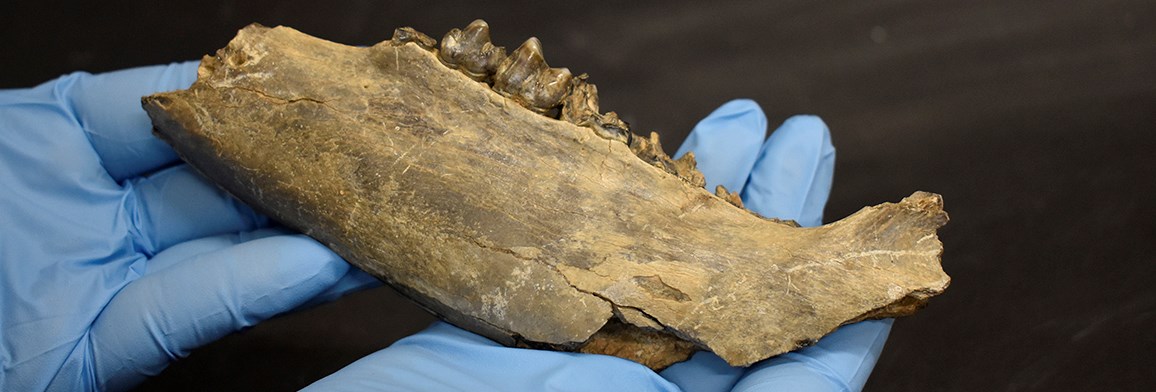
NPS/F. Brown
The monument's paleontological resources are contained in a continuous, undisturbed stratigraphic record spanning at least 500,000 years. The fossils deposited here appear to represent an entire paleontological ecosystem with a variety of habitats such as wetland, riparian, and grassland. 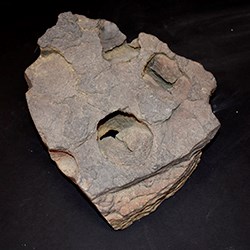
NPS Photo What are Fossils?Fossils are the preserved remains or traces of an organism, from bacteria to human beings. Many fossils come from body parts such as bones, teeth, and shells, but trace fossils, such as footprints or coprolites (fossilized scat), also contain valuable information. Fossilization can occur only under just the right conditions, and less than 1% of the plants and animals that have ever lived have been preserved. An even smaller number have been found by paleontologists. 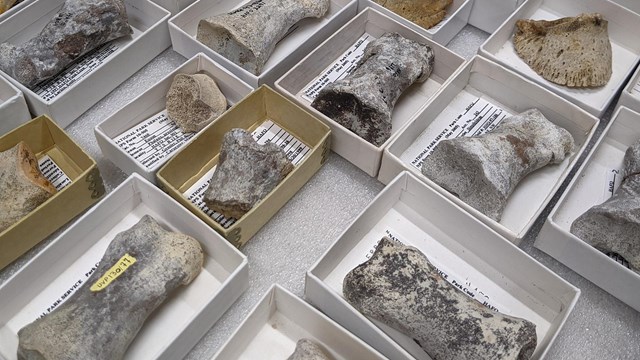
What is Paleontology?
Find out what paleontologists really do— and check out the latest paleo news from Hagerman and other National Park Service sites. 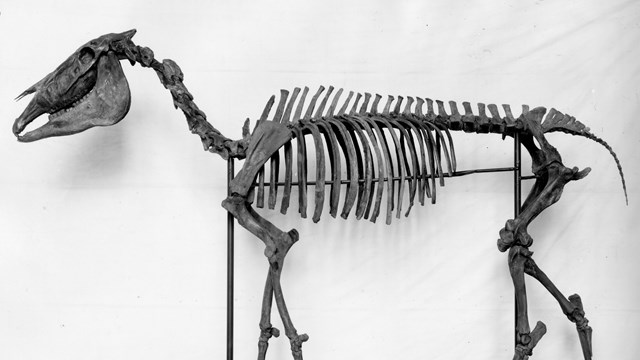
Finding Fossils at Hagerman
Learn how the first fossils were excavated and how we became a national monument 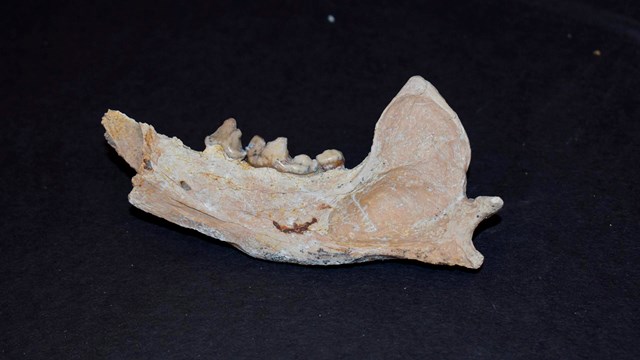
Fossil Photo Gallery
Take a peek behind-the-scenes at Hagerman's collection of Pliocene fossils. 
Watch the Park Film
Learn more about how scientists are piecing together animals and habitats from the Pliocene. Meet the Fossils! |
Last updated: December 15, 2022
